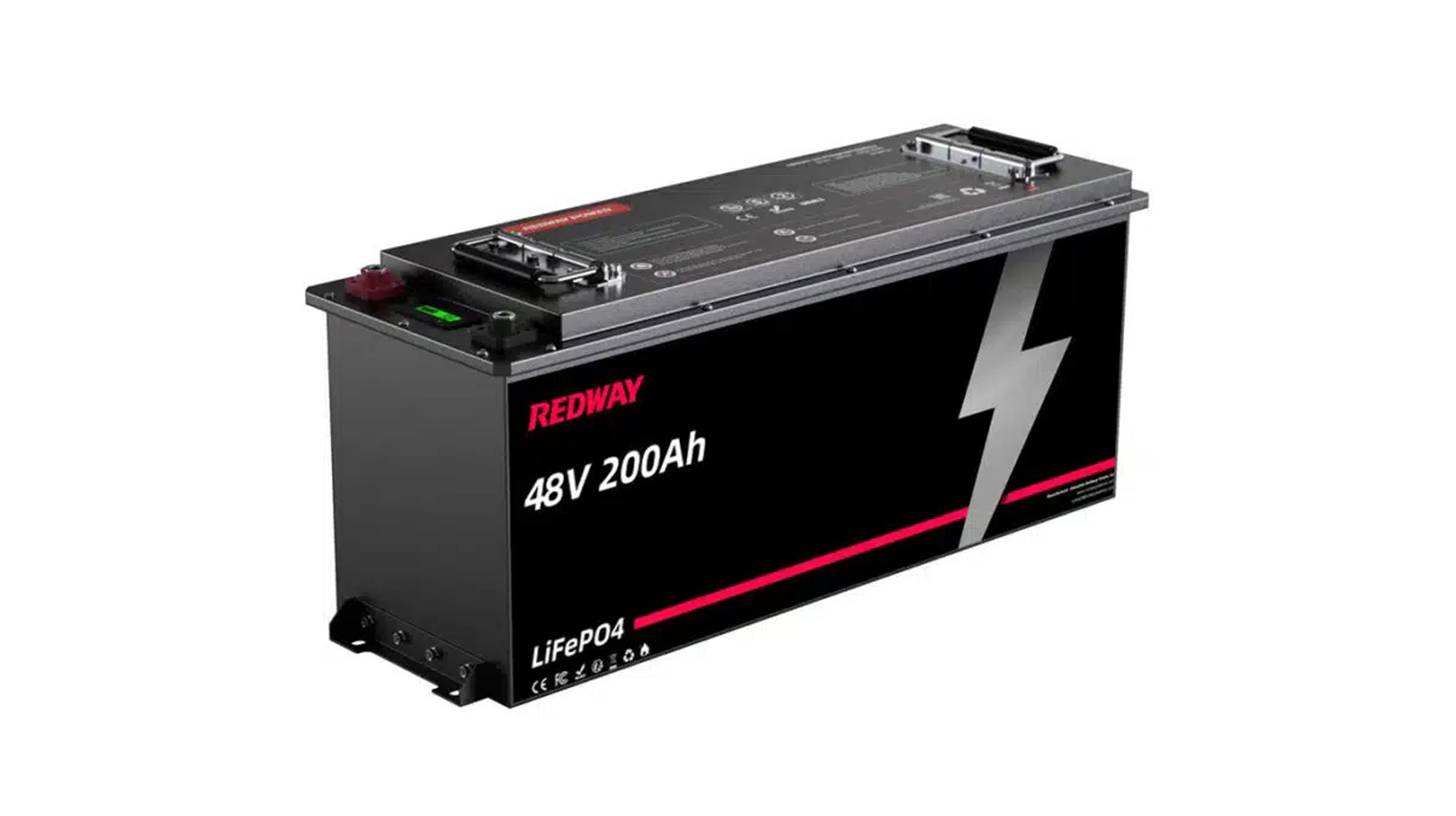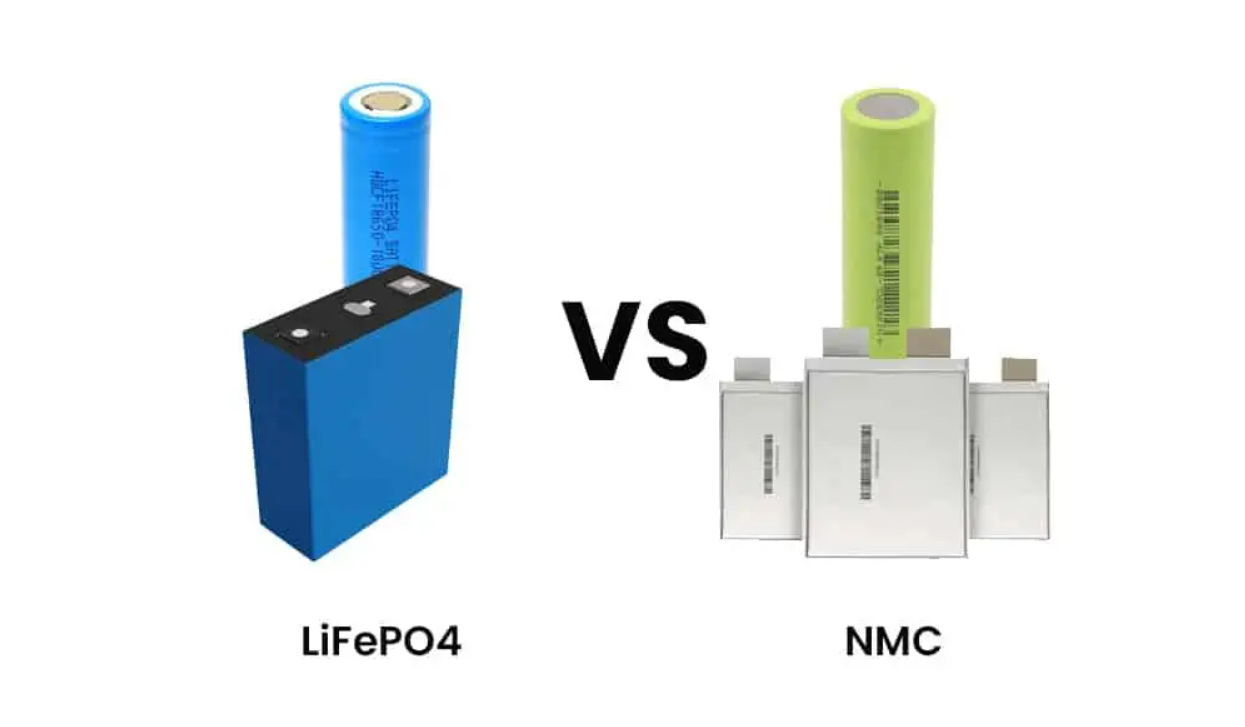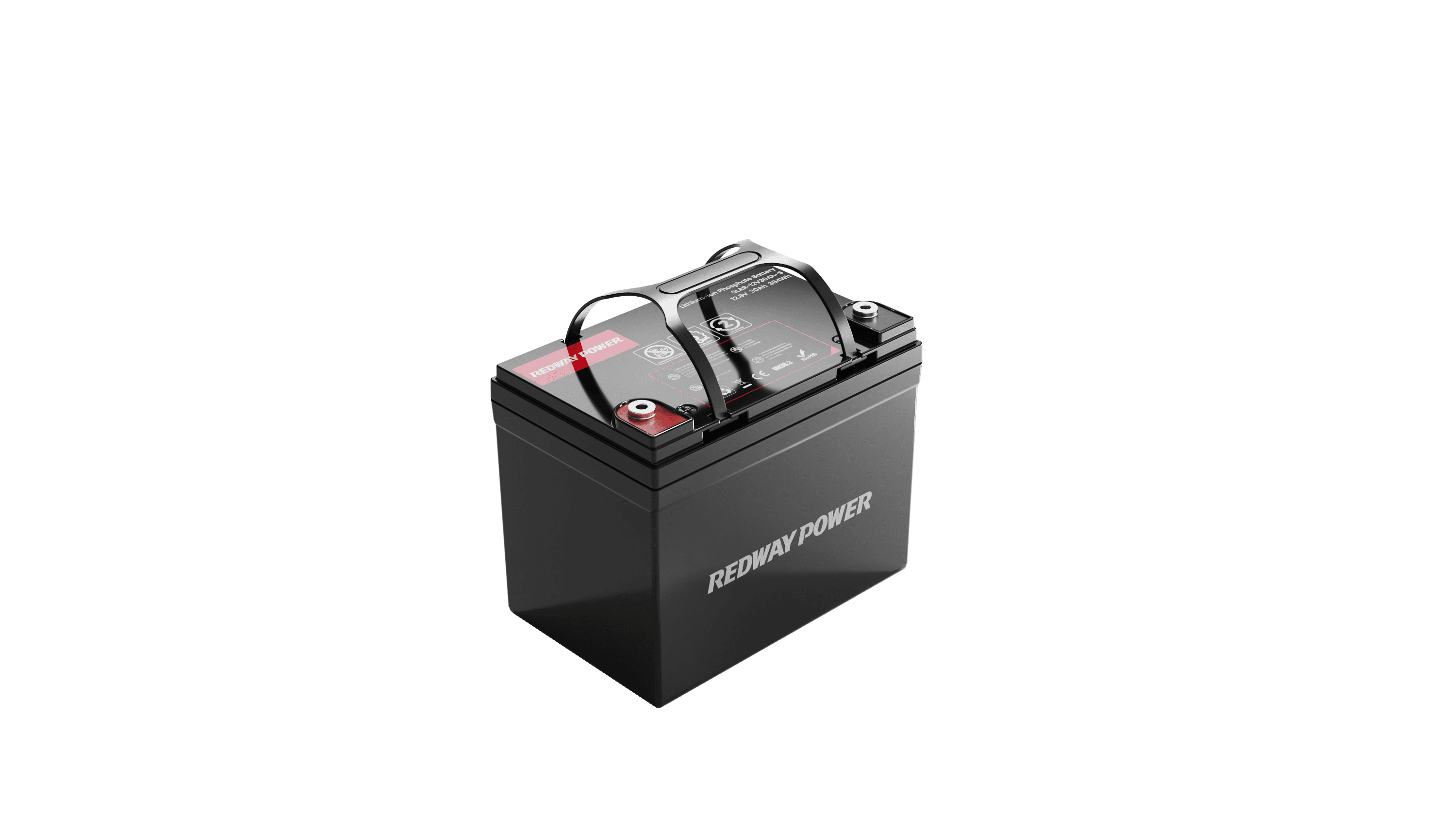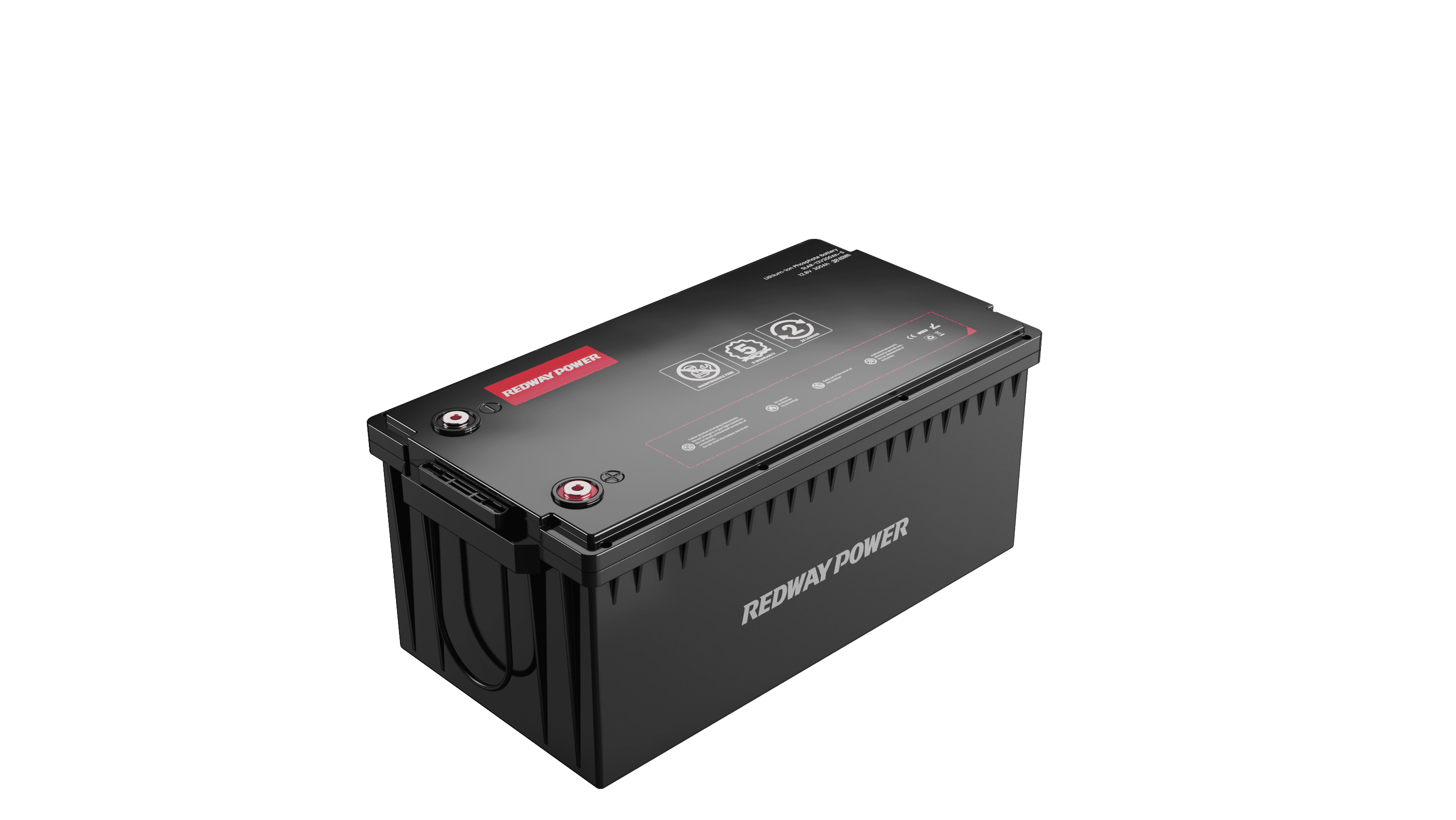Redway 12V Series LiFePO4 Battery: Reliable and Durable Power Solution in Colombia
Are you tired of constantly replacing your battery or dealing with unreliable power sources? Look no further than the Redway 12v series LiFePO4 Battery – the best-selling brand in Colombia. This top-of-the-line battery offers long-lasting, reliable power for all your needs. But what sets it apart from other LiFePO4 batteries on the market? And how can you get your hands on one? Read on to find out everything you need to know about this game-changing battery.
What is a Redway 12v series LiFePO4 Battery?
The Redway 12v series LiFePO4 Battery is a high-quality, long-lasting battery that offers reliable power for all your needs. This advanced lithium-ion battery boasts an impressive lifespan of up to ten years, making it one of the most durable and cost-effective batteries on the market.
One of the key features of this battery is its lightweight design – at just a fraction of the weight of traditional lead-acid batteries, it’s ideal for applications where weight matters. Another advantage is its ability to deliver consistent power over time, even in extreme temperatures or demanding situations.
With a built-in BMS (Battery Management System), Redway 12v series batteries are designed to protect against overcharging and deep discharging, ensuring maximum performance and longevity. Plus, they’re easy to install and maintain – simply plug them in and you’re good to go!
Whether you need reliable power for your RV or boat, or just want a dependable backup source for emergencies or off-grid living, the Redway 12v series LiFePO4 Battery has got you covered.
How does the Redway 12v series compare to other LiFePO4 batteries on the market?
Redway 12v series LiFePO4 Battery is a top-of-the-line product in the market, but how does it compare to other batteries on the market? Well, let’s have a look at some of its key features and see how it stands out from the competition.
Firstly, Redway 12v series batteries are designed with high-quality materials that offer superior performance when compared to other brands. These batteries boast a longer lifespan and can handle extreme temperatures. Additionally, they come equipped with an advanced battery management system that ensures safe charging and discharging.
Another unique feature of Redway 12v series batteries is their lightweight and compact design. This makes them perfect for use in portable devices such as RVs or boats where space might be limited. They also don’t require any maintenance like traditional lead-acid batteries do.
Redway 12v series LiFePO4 Batteries offer better value for money than their competitors due to their durability and long-lasting nature which means fewer replacements over time resulting in cost savings down the line.
There’s no denying that Redway 12v series LiFePO4 Battery is one of the most efficient and reliable options available on the market today thanks to its exceptional features that make it stand out from its competitors!
Why are Redway 12v series batteries the best-selling brand in Colombia?
Redway 12v series LiFePO4 batteries have become the best-selling brand in Colombia due to their superior quality and performance. These batteries are specifically designed for deep cycle applications, making them ideal for use in a wide range of industries including marine, automotive, solar energy systems and more.
One of the key reasons why Redway 12v series batteries are so popular among Colombian consumers is their ability to withstand extreme temperatures. This makes them perfect for use in hot and humid climates where other battery types may fail or deteriorate quickly.
Another contributing factor to their popularity is that they are very lightweight yet durable. They can be easily installed or transported without adding significant weight or bulk to your equipment. The smaller size also allows for greater flexibility when it comes to fitting into tight spaces.
Moreover, Redway 12v series LiFePO4 batteries offer significantly longer lifespans than traditional lead-acid batteries while requiring less maintenance as well as being environmentally friendly.
With consistent customer satisfaction ratings and reliable post-sale support services available through authorized dealerships across Colombia, it’s no surprise that Redway 12v series LiFePO4 Batteries have earned such an excellent reputation in both residential and commercial sectors throughout the country!
How can I get a Redway 12v series battery?
Getting your hands on a Redway 12v series LiFePO4 battery is easier than you might think. These batteries are available for purchase through various authorized distributors and resellers in Colombia, both online and offline.
One option is to visit the official Redway website and check their list of authorized distributors. This will give you an idea of where you can find these batteries locally or online.
If you prefer to shop online, there are several e-commerce websites that sell Redway batteries. It’s important to do some research beforehand to ensure that the seller is reputable and offers genuine products.
You can also visit local electronics stores or automotive shops that specialize in selling batteries. Some dealers may even offer installation services for your convenience.
Before making a purchase, make sure to verify the specifications of the battery model you need. This ensures compatibility with your device or application and helps prevent any potential issues down the line.
Getting a hold of a Redway 12v series LiFePO4 battery in Colombia should not be difficult as long as you know where to look!
Conclusion
The Redway 12v series LiFePO4 Battery is a reliable and efficient option for anyone looking to power their devices or vehicles. Compared to other LiFePO4 batteries on the market, it stands out as one of the best in terms of performance and durability.
Its popularity in Colombia speaks volumes about its quality and trustworthiness. Whether you’re an outdoor enthusiast, a boater or just someone who needs reliable backup power, the Redway 12v series battery won’t disappoint.
So if you want to experience uninterrupted power supply from your device or vehicle then getting yourself a Redway 12v series LiFePO4 Battery should be at the top of your list.





















